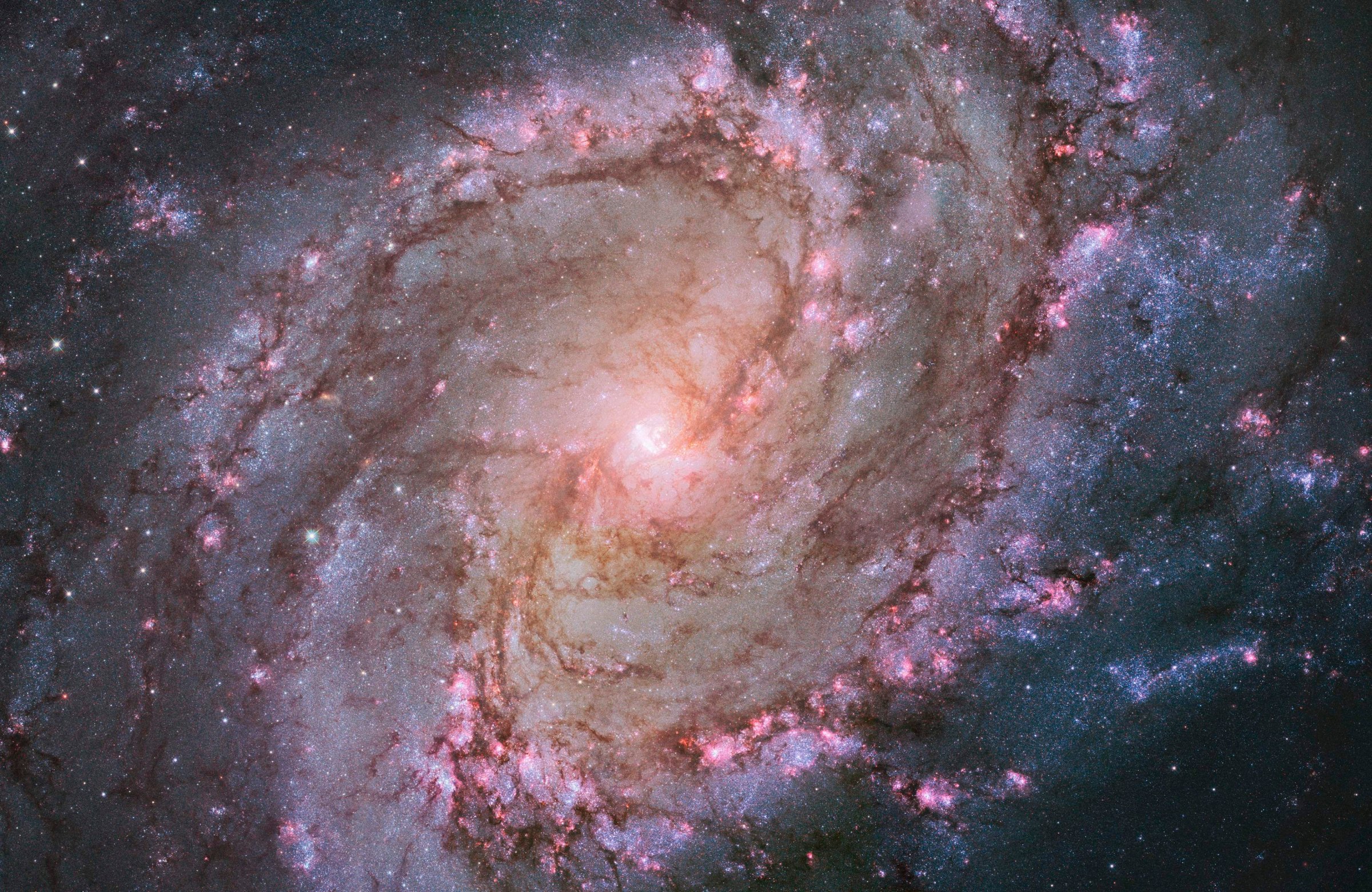
Supernovas drive astronomers crazy: they’re rare, they’re unpredictable and when one does go off, it can happen at the most inopportune time. One of the greatest and most nearby supernovas in history happened in 1604, a frustrating five years before Galileo turned his first crude telescope on the heavens. These exploding stars, which can briefly outshine an entire galaxy, are not just awesome: they’re where most of the elements that make up Earth and everything on it come from. They’ve also proven crucial in the discovery of dark energy, a mysterious antigravity force that pervades the universe, steadily pulling it apart.
Ideally, astronomers would love to see a star explode very close to home (but not too close), and it will certainly happen sooner or later. In the meantime, though, they’re celebrating the next best thing: on January 21, an astronomy professor at the University of London spotted a supernova—right in the middle of a stargazing class, of all things—in a galaxy called Messier 82, a.k.a. the Cigar Galaxy, a mere 12 million light-years away.
That’s close enough to give scientists practically a ring-side seat to the big blast. Unlike most supernovas, moreover, this one was spotted before it reached peak brightness, allowing telescopes to keep watching as it flared, then began to dim—a process that’s still going on, and which will tell theorists much more about how the explosion actually unfolds. “I’m really excited,” says Adam Riess, of the Space Telescope Science Institute, who shared the 2011 Nobel Prize in physics for using supernovas in the search for dark energy.
Riess is especially excited because the explosion is a Type Ia supernova, which is exceedingly useful in cosmology research. The other kind, known as a Type II, happens when a massive star collapses, then rebounds explosively outward (it happened in the nearby Large Magellanic Cloud in 1987). But Type II’s vary significantly in brightness; if you see one in another galaxy, you can’t be sure if it’s dim mostly because it’s distant, or because it just isn’t an especially powerful event.
Type Ia’s, by contrast, happen when white dwarf stars pull in extra matter until they reach what’s known as the Chandrasekhar limit, about 1.44 times the mass of the Sun. At that point, they become unstable and blow apart in a gigantic thermonuclear explosion. They’re also less variable in brightness than Type II’s, and astronomers like Riess have learned how to calibrate for what variation does exist.
That last part is why cosmologists love them: a Type Ia’s brightness as seen from Earth is a good guide to its distance. It was the discovery that Type Ia’s in the early universe were brighter than expanding-universe calculations said they should be that helped scientists realize in 1998 that the expansion is actually accelerating, and that some mysterious, unknown force was responsible—hence the riddle of dark energy. Having such a nearby Type Ia is valuable, says Yale astronomer Meg Urry, “because the more data we can get, and the closer the supernova, the better the calibration.”
Riess is excited for another reason as well. Until the late 1990’s, astronomers knew the expansion rate of the universe, and thus its age, to only within a factor of two: the cosmos was either 10 billion years old, or 20, or somewhere in between. Imagine if you could only say that you were somewhere between 30 and 60. The problem was that astronomers measured distance in a stepwise fashion—directly to nearby stars, then by extrapolation to more distant stars, then nearby galaxies, then more distant galaxies, and so on. Errors mounted with every step.
By the early 2000’s, the Hubble Space Telescope had reduced that error to about 10%, and the microwave-sensitive WMAP satellite went on to reduce it much further, pegging the age of the cosmos almost precisely at 13.8 billion years. But astronomers would like a second, independent measurement, and Riess is part of a Hubble team aiming to do just that. Finding a 1a close by, along with new, more direct measurements to stars in galaxies like the Cigar that will come from the new Gaia satellite—launched in December by the European Space Agency with the job of developing a 3D map of the cosmos—should cut out several of the steps in the cosmic distance ladder, and thus cut some of the sources of error too. Until then, the new supernova is already shedding new light—literally—on some old mysteries.
More Must-Reads from TIME
- How the Economy is Doing in the Swing States
- Harris Battles For the Bro Vote
- Our Guide to Voting in the 2024 Election
- Mel Robbins Will Make You Do It
- Why Vinegar Is So Good for You
- You Don’t Have to Dread the End of Daylight Saving
- The 20 Best Halloween TV Episodes of All Time
- Meet TIME's Newest Class of Next Generation Leaders
Contact us at letters@time.com